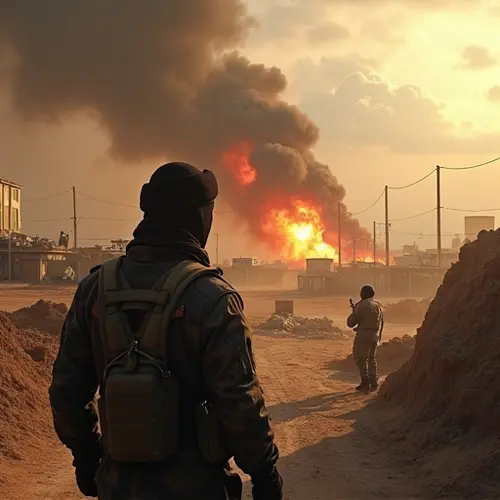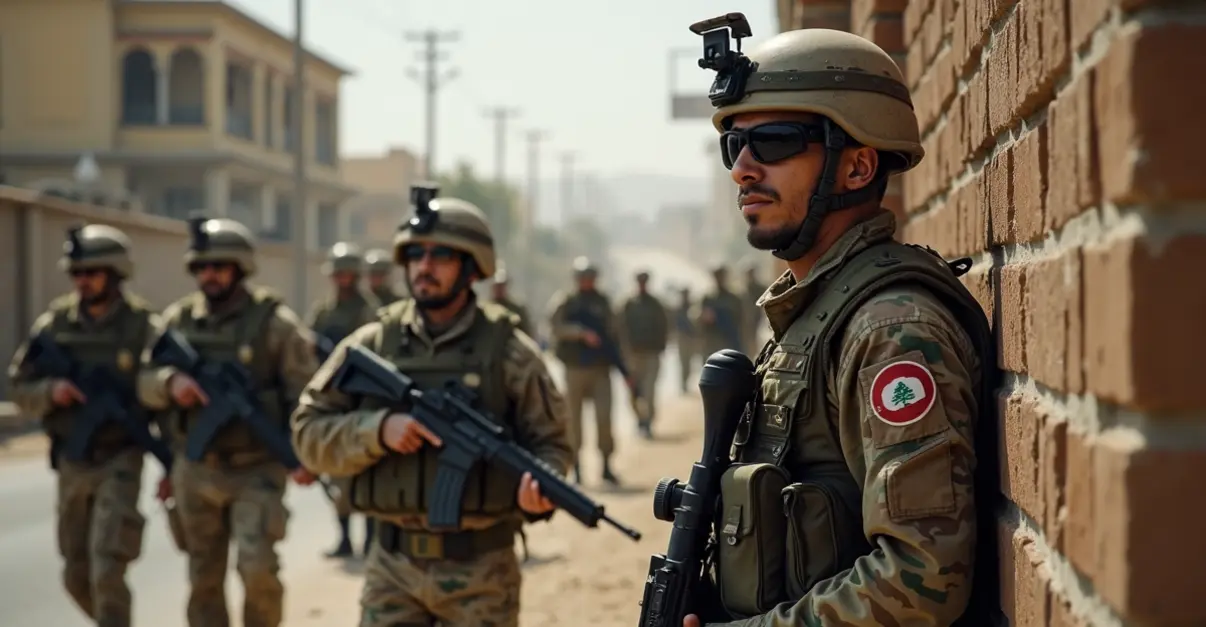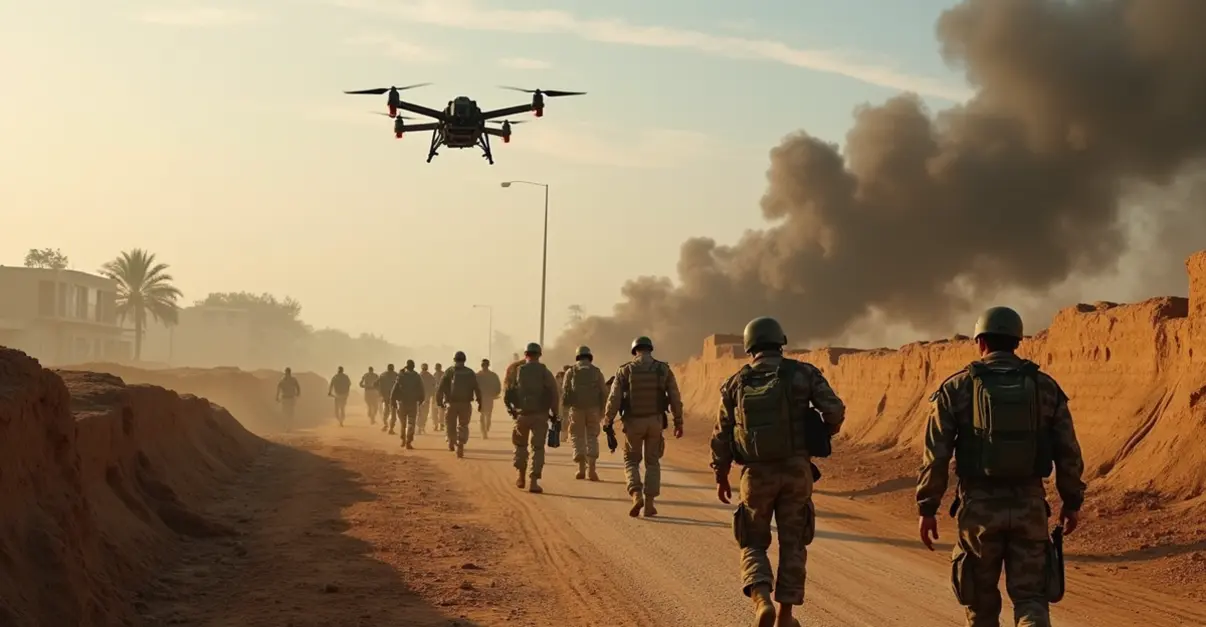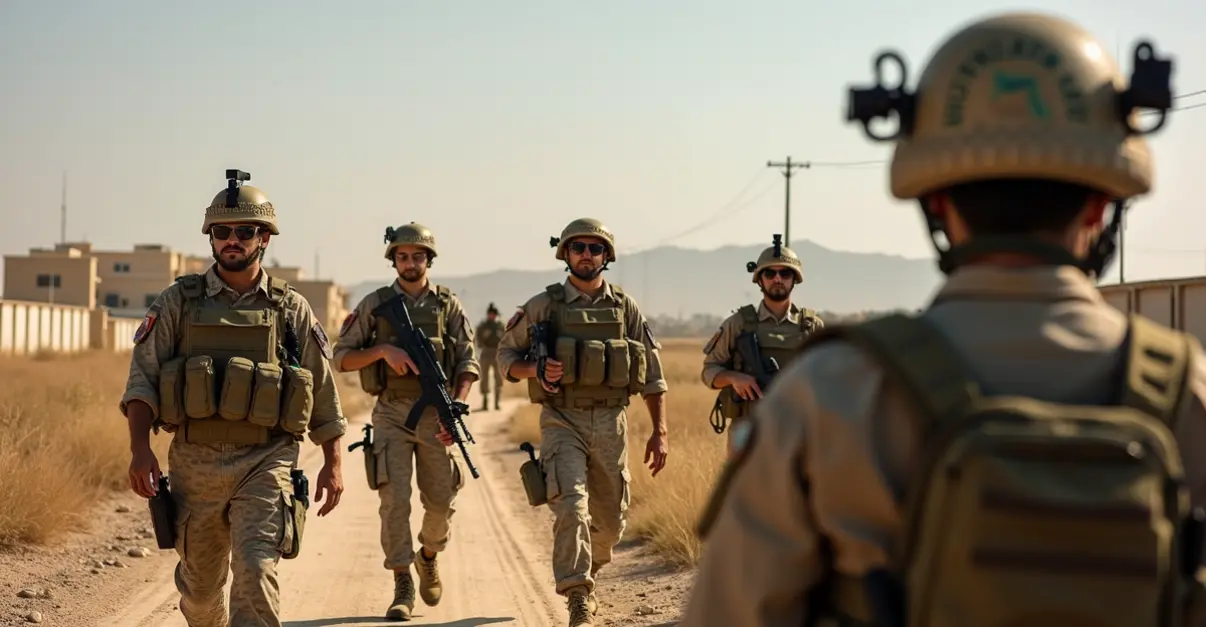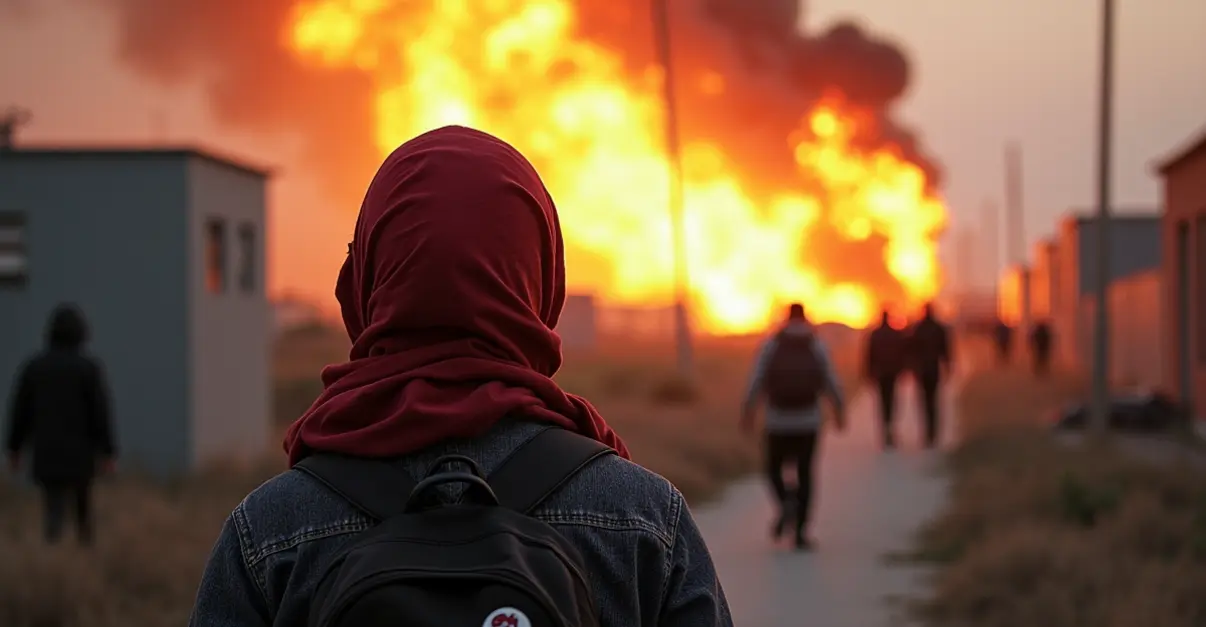Daily Israeli attacks continue in southern Lebanon despite 2024 ceasefire, killing over 270 Lebanese. UN documents 6,600 airspace violations and 940 artillery strikes, while Lebanon struggles with disarmament plans amid economic crisis and limited military capacity.

Ceasefire Violations Continue Despite Truce Agreement
Nearly a year after a US-brokered ceasefire was supposed to bring peace to the Israel-Lebanon border, daily Israeli military operations continue to undermine the fragile truce. According to Lebanese health ministry figures, more than 270 Lebanese citizens have been killed since the November 2024 ceasefire took effect, with the Israeli military conducting almost daily attacks across southern Lebanon.
'We have observed 940 Israeli artillery shellings on Lebanon since the ceasefire began,' says UNIFIL spokesperson Kandice Ardiel from southern Lebanon. 'In the same period, there have been only 21 instances of firing from Lebanon toward Israel.'
UN Documents Widespread Violations
The United Nations peacekeeping mission UNIFIL has documented more than 6,600 violations of Lebanese airspace by Israeli drones and aircraft, with flights occurring not only along the border but deep into Lebanese territory and over the capital Beirut. The UN has recorded approximately 100 Israeli airstrikes on Lebanese territory since the ceasefire began, primarily conducted by drones.
Israel continues to occupy five strategic hill positions on Lebanese territory despite agreements to withdraw. The Israeli government maintains these actions are necessary for self-defense against Hezbollah in the border region, but UN experts argue the violence primarily results in increasing civilian casualties and widespread destruction of homes, schools, and agricultural land.
Regional Strategy and Gaza Connection
Lebanese analyst Ali Rizk sees the ongoing military pressure as part of a broader Israeli strategy. 'The persistent ceasefire violations are part of Israel's attempts to hold onto what it achieved in the war - a weakened Hezbollah,' Rizk explains. 'Israel will stop at nothing to prevent Hezbollah from regaining its former strength.'
Rizk identifies a connection between attacks on Lebanon and broader regional developments. 'After the Gaza ceasefire, there has been a clear increase in Israeli violations, including drone flights over Beirut,' he notes. 'There appears to be a link between the decreasing intensity of Israeli violence in Gaza and the increasing intensity in Lebanon.'
Lebanon's Limited Military Capacity
The Lebanese government has announced plans to disarm Hezbollah by the end of 2025, but faces significant challenges. The country is grappling with a deep economic crisis and a military with insufficient capacity. Currently, 9,300 Lebanese soldiers are stationed south of the Litani River, but expanding this number requires international assistance.
This comes as the UNIFIL mission prepares for gradual withdrawal by the end of 2026, which will increase pressure on the Lebanese military. The UN Security Council has approved UNIFIL's final extension through December 2026, followed by a one-year withdrawal period.
International Pressure and Diplomatic Efforts
The United States and France, who guarantee the ceasefire, are pushing for implementation of Lebanon's disarmament plan. US envoy Thomas Barrack warned in an extensive statement that 'if Beirut continues to hesitate, Israel may act unilaterally and the consequences will be severe.'
According to Barrack, Lebanon currently exists in 'a fragile peace without peace, with an army without authority and a government without control.' The diplomat, known for his direct tone, described the situation as 'a tipping point' for the future of the region east of the Mediterranean.
However, within the Shia community, criticism of foreign interference is growing. Hezbollah leader Naim Qassem called disarmament 'unthinkable as long as Israel occupies Lebanese territory.'
Humanitarian Impact and Reconstruction Challenges
Between October 2024 and January 2025, human rights organizations reported that more than 10,000 Lebanese buildings and agricultural areas were destroyed, rendering villages in the south largely uninhabitable. The ongoing destruction complicates reconstruction efforts and deepens Lebanon's economic crisis.
UNIFIL military personnel occasionally discover old weapons storage facilities in southern Lebanon, but according to spokesperson Ardiel, 'there is no evidence of renewed military buildup by Hezbollah.' She adds that 'Israel claims it attacks targets linked to Hezbollah, but no evidence has been provided for this.'
The situation remains precarious as Lebanon attempts to navigate between international pressure for disarmament, domestic political realities, and the ongoing threat of renewed conflict along its southern border.

 Nederlands
Nederlands
 English
English
 Deutsch
Deutsch
 Français
Français
 Español
Español
 Português
Português




